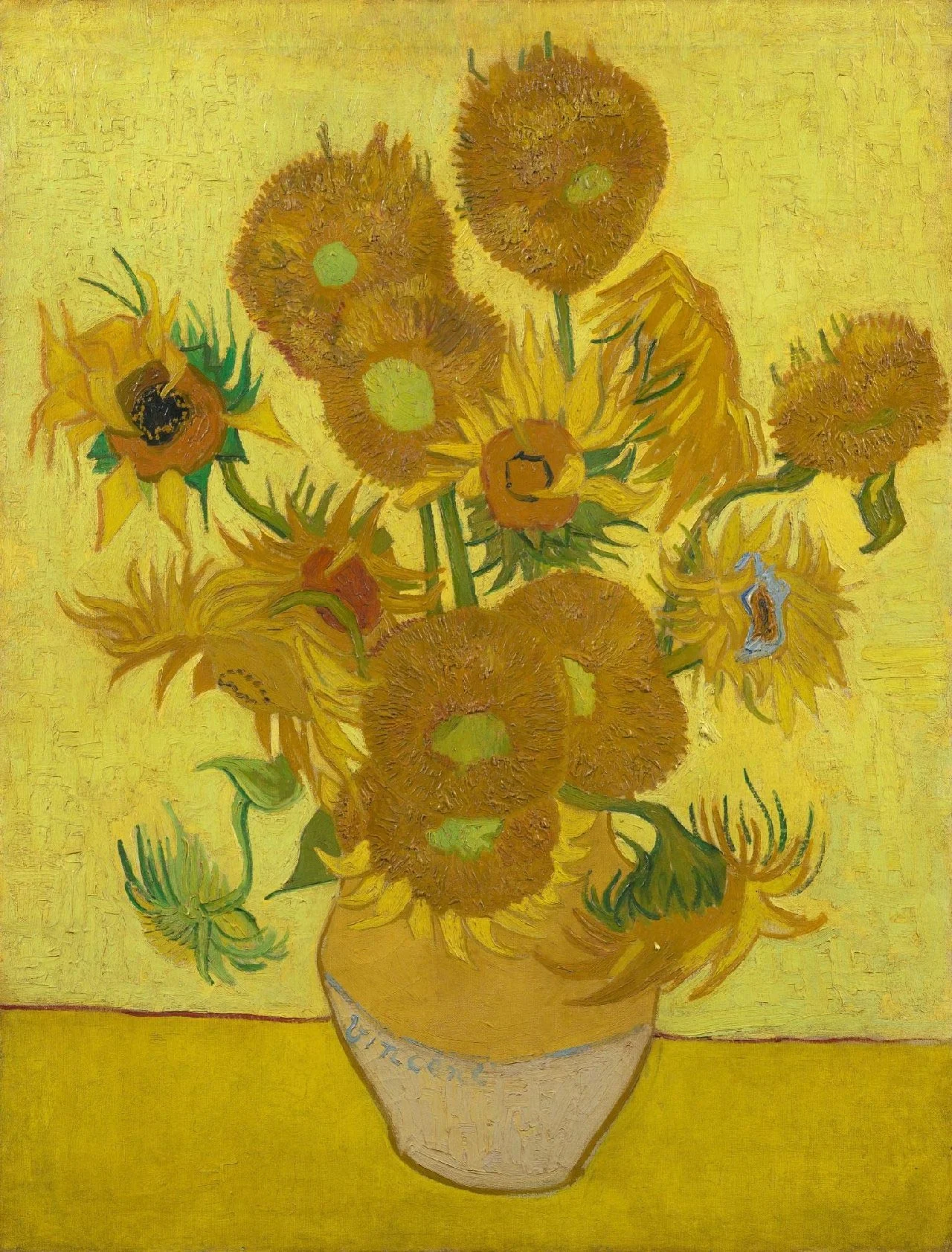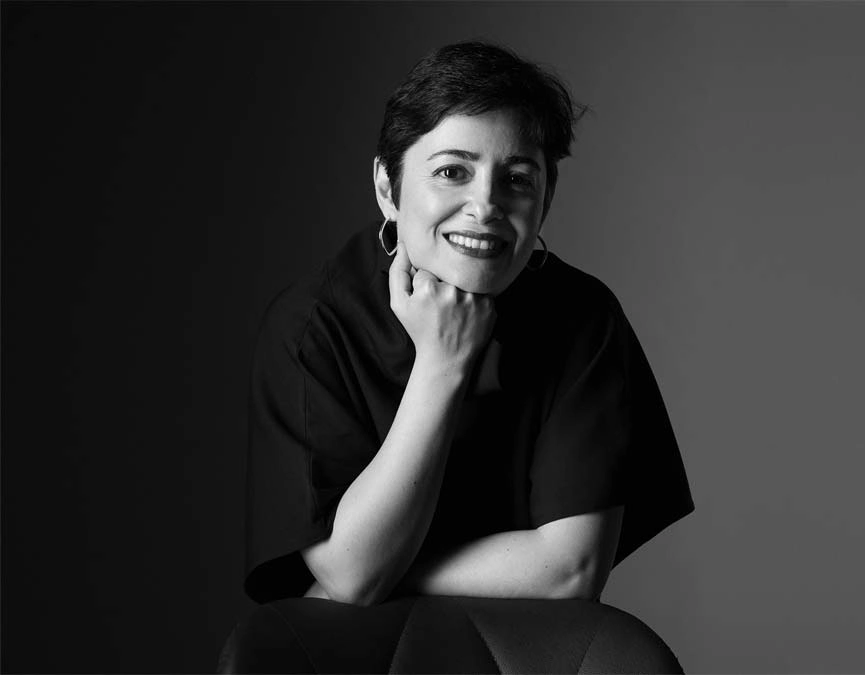Monir Farmanfarmaian
Following our exploration of Shirin Neshat’s provocative lens-based art, we turn to Monir Shahroudy Farmanfarmaian (1924–2019), whose mirror mosaics redefined Persian craft as high art. Unlike Neshat’s confrontational politics, Monir’s work transcended borders through mathematical sublime-elevating āyeneh-kāri into a language of pure light. Sculptures housed in the Guggenheim, Tate Modern, and Tehran MoCA command million-dollar prices at auction, a testament to her dual mastery of tradition and innovation. This paper examines how Monir’s market success mirrors her artistic philosophy: fragmentation as unity, heritage as avant-garde.[1]
From New York Avant-Garde to Persian Craft Revival
Farmanfarmaian’s luminous oeuvre bridges modernist abstraction and Islamic ornamental traditions, but her path to acclaim was unconventional. During her formative years in 1950s New York, she moved among Abstract Expressionists (Jackson Pollock, Willem de Kooning) and Pop pioneers (Andy Warhol), relationships that sharpened her eye for bold forms and material experimentation. Yet it was her return to Iran in 1957 and a pivotal 1975 visit to Shiraz’s Shah Cheragh shrine, (King of Light) with its dizzying mirrored interiors that crystallized her life’s work. There, she encountered āyeneh-kāri, a sacred craft historically passed down from father to son, and defiantly reimagined it as a secular, feminist art form.[2]
Her cut-mirror mosaics became a visual manifesto: fracturing and reassembling light to echo Sufi cosmology, while her geometric precision nodded to both Persian architecture and the Minimalist ethos of her New York peers. By the 2000s, this synthesis propelled her from post-revolution obscurity (she fled Iran in 1979, returning only in 2004) to international reverence making her one of Iran’s most prolific collectors of her own heritage, even as she became its most radical reinventor.[3]


